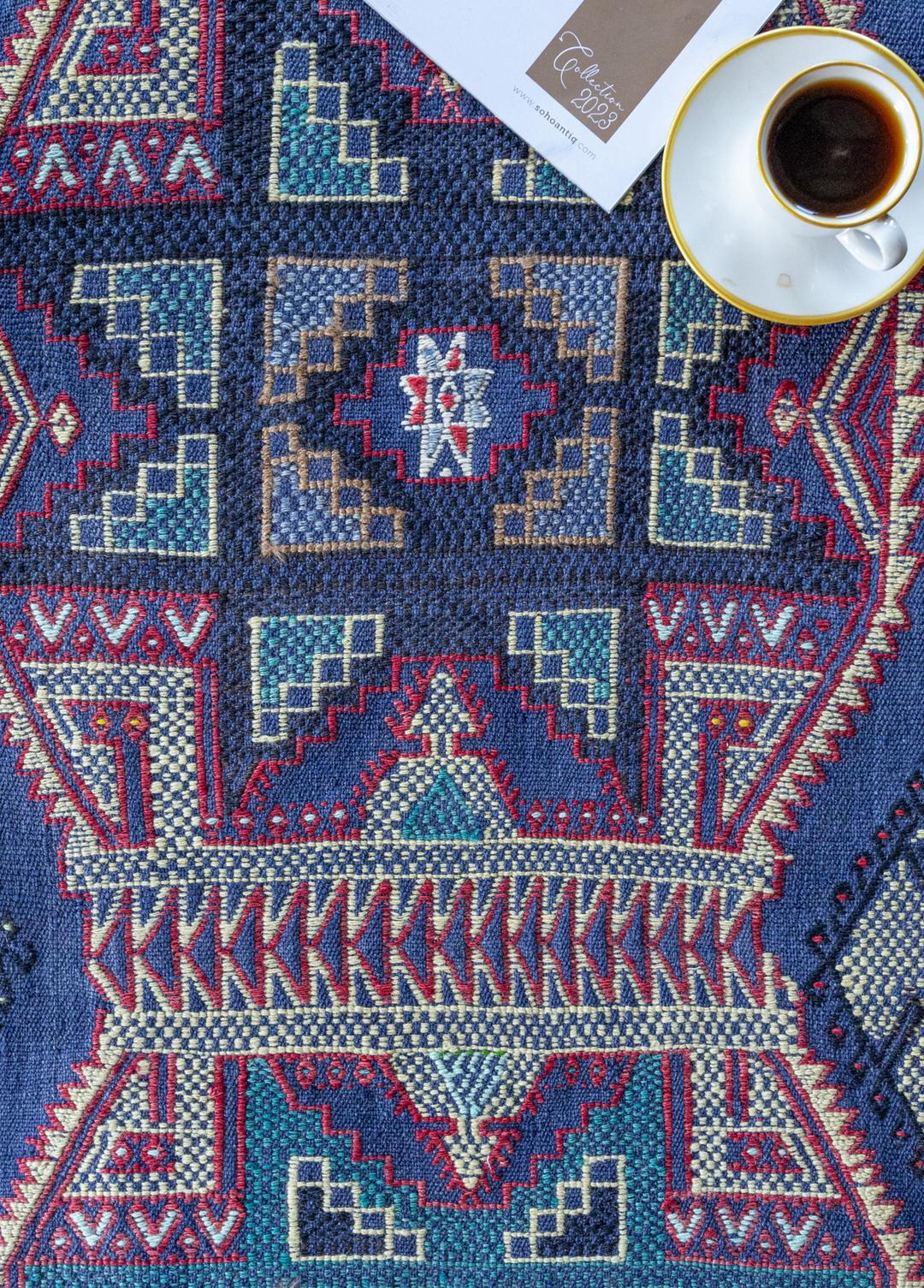Handwoven rugs are known for their historical and cultural significance. However, most of the time, the patterns on kilims are evaluated only for their aesthetics. Yet, each of these patterns carries a deep meaning and reflects the society, beliefs, and often the emotions of the weaver. So, what do these kilim patterns mean?
Meanings of Kilim Patterns
The aesthetic value of handwoven kilims, with their warm colors and geometric patterns, is immediately noticeable. However, the meaning underlying the surface of kilims is not limited to these colors and patterns alone. Kilim motifs are the main points that tell a deep story. The motifs reflect societal values, cultural beliefs, and even the emotional world of the weaver. Like a separate language, kilim motifs carry a meaning, and these meanings can vary from kilim to kilim and from region to region.
To provide an example, the "elibelinde" motif is used to symbolize abundance and fertility in its type. However, the meaning of this motif can vary based on the region the weaver is from, local beliefs, and even personal experiences. This diversity is an important factor to consider, especially when choosing a village kilim. Village kilims may have more authentic and local motifs. Thus, kilims that offer both aesthetic and symbolic richness to the buyer can be preferred.
Kilim motifs also hold a significant place in different cultures. For instance, the "star" motif commonly found in kilims produced in Central Asia usually represents good luck and success. However, a handwoven kilim produced in Anatolia with the same star motif might have a different cultural context and meaning. Therefore, understanding the meaning and origin of the motifs when buying a kilim not only is an aesthetic preference but also an opportunity to establish a cultural connection.

Handwoven kilims and their motifs are an opportunity not only to cover the floor but also to add meaning to your living space. Kilims, as cultural treasures, enrich our lives with the meanings carried by the motifs. Therefore, when choosing a kilim, making a choice based not only on color and pattern but also on the meanings it carries can significantly enhance the value of the kilim you acquire.
Considerations When Choosing Kilim Patterns
When selecting a handwoven kilim, there are several factors to consider. Firstly, it's important to know the region the kilim comes from and to understand the meanings of the motifs to determine which culture it belongs to. If you prefer a village kilim, these kilims generally carry simpler and more meaningful motifs. Price and quality are also among the important factors. However, the meaning the motifs hold for you can be a more significant detail that can determine why you want to display the kilim in your home or workplace.
These meanings and details allow you to establish not only an aesthetic but also an emotional and cultural connection when choosing a handwoven kilim. Kilims, while being decorative items, are also cultural heritage and works of art. You can evaluate these options, presented with diversity like village kilims, based on the meaning they hold for you. Thus, you can possess much more valuable pieces both decoratively and spiritually.
